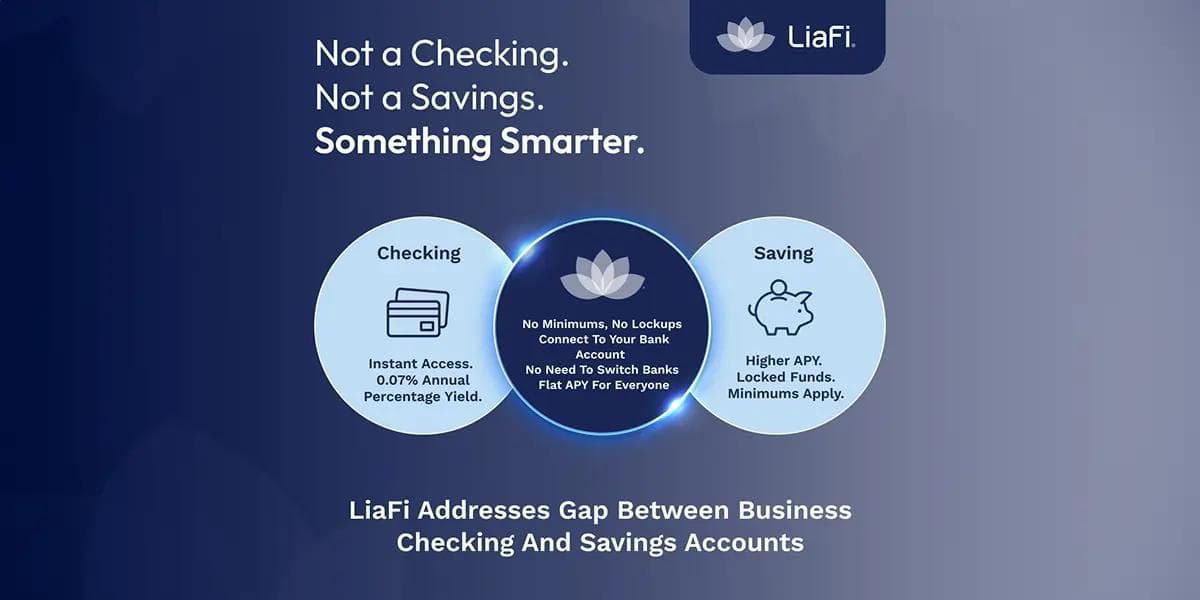A Window of Opportunity for Credit Unions
A Window of Opportunity for Credit Unions
Published by Gbaf News
Posted on September 15, 2018

Published by Gbaf News
Posted on September 15, 2018

By Henry Pooley, Chief Commercial Officer, Fraedom
Over recent years, the core offering of commercial cards has undergone significant transformations.
As a result of new product offerings and changing business expectations, commercial card use has risen dramatically.
The renewed growth in these products presents community credit unions with an opportunity which has been overlooked by their larger counterparts.
In fact, many of the larger national banking corporations had considered commercial cards to be a thing of the past with many either failing to update their offering or selling their commercial card portfolios to third parties. However, commercial cards are now among the fastest-growing products for banks and commercial card spending continues to increase. By 2020, we estimate that spending levels will have increased by 71% from 2013 and the compound annual growth rate will reach 8%. This growth has resulted in issuing banks racing to improve their capabilities and gain a share in a growing but highly competitive market.
According to our recent survey of regional and super regional banks, all reported major expansion in their commercial card portfolios, often growing at double-digit rates every year. Of the banks surveyed, none reported a decline in its commercial cards portfolio by any metric. As a result of this growth, commercial cards are now moving up the agenda as an investment opportunity for many institutions of all sizes. This investment will in turn fuel an expansion in capabilities and increase broader competition within the market. Organizations that do not invest in their commercial card capabilities are likely to see themselves quickly fall behind.
While the commercial cards market has historically been dominated by large national and international issuers, credit unions are in many ways better placed to take advantage of this latest wave of growth. For instance, credit unions are in a much better position to offer a more flexible customer-centric proposition and better service to small business players than national issuers. Unlike national banks, these organizations can dedicate more resources to small customers while also providing greater flexibility in commercial card program design and administration. Credit unions are in a better position to get to know what their customers need in terms of both finance and support and offer more of a bespoke solution than their larger counterparts. This support also tends to involve more personal interaction when dealing with credit unions, which allows customers to get to the root of any issues or concerns more directly than if dealing with larger organizations which often have vast call centers. These smaller issuers are also often better placed to help customers that may lack internal expertise on setting up commercial card programs and integrating them into enterprise back-end systems.
For customers, choosing to take up a commercial card with a credit union makes financial sense as only around 10% of all credit union cards charge an annual fee, compared with 45% of banks. Commercial cards from credit unions also on average have lower interest rates and late payment fees. However, there is a lack of awareness of what credit unions can offer. Credit unions should reach out to businesses in the local area and educate them on the products available to them. This will help deepen their relationship with their business members while also growing their credit card business.
Community credit unions should look to harness the potential of this valuable market by expanding their existing card portfolios, developing new product and service lines, and deepening their relationships with their corporate and business customers. Additionally, by placing an emphasis on flexibility and delivering on customer needs, these smaller organizations will strengthen their competitive offering in a highly competitive market. As a result, they have the potential to gain market share and increase their balances in a market that has long been dominated by a handful of Tier-1 issuers.
Ultimately, credit unions should take this opportunity to move into a space that has been overlooked by their traditional counterparts. This will not only help them secure a larger share of a valuable market, but it could also be beneficial to the customers in their community, offering them more focused, bespoke commercial card services often at better rates than their larger counterparts.
By Henry Pooley, Chief Commercial Officer, Fraedom
Over recent years, the core offering of commercial cards has undergone significant transformations.
As a result of new product offerings and changing business expectations, commercial card use has risen dramatically.
The renewed growth in these products presents community credit unions with an opportunity which has been overlooked by their larger counterparts.
In fact, many of the larger national banking corporations had considered commercial cards to be a thing of the past with many either failing to update their offering or selling their commercial card portfolios to third parties. However, commercial cards are now among the fastest-growing products for banks and commercial card spending continues to increase. By 2020, we estimate that spending levels will have increased by 71% from 2013 and the compound annual growth rate will reach 8%. This growth has resulted in issuing banks racing to improve their capabilities and gain a share in a growing but highly competitive market.
According to our recent survey of regional and super regional banks, all reported major expansion in their commercial card portfolios, often growing at double-digit rates every year. Of the banks surveyed, none reported a decline in its commercial cards portfolio by any metric. As a result of this growth, commercial cards are now moving up the agenda as an investment opportunity for many institutions of all sizes. This investment will in turn fuel an expansion in capabilities and increase broader competition within the market. Organizations that do not invest in their commercial card capabilities are likely to see themselves quickly fall behind.
While the commercial cards market has historically been dominated by large national and international issuers, credit unions are in many ways better placed to take advantage of this latest wave of growth. For instance, credit unions are in a much better position to offer a more flexible customer-centric proposition and better service to small business players than national issuers. Unlike national banks, these organizations can dedicate more resources to small customers while also providing greater flexibility in commercial card program design and administration. Credit unions are in a better position to get to know what their customers need in terms of both finance and support and offer more of a bespoke solution than their larger counterparts. This support also tends to involve more personal interaction when dealing with credit unions, which allows customers to get to the root of any issues or concerns more directly than if dealing with larger organizations which often have vast call centers. These smaller issuers are also often better placed to help customers that may lack internal expertise on setting up commercial card programs and integrating them into enterprise back-end systems.
For customers, choosing to take up a commercial card with a credit union makes financial sense as only around 10% of all credit union cards charge an annual fee, compared with 45% of banks. Commercial cards from credit unions also on average have lower interest rates and late payment fees. However, there is a lack of awareness of what credit unions can offer. Credit unions should reach out to businesses in the local area and educate them on the products available to them. This will help deepen their relationship with their business members while also growing their credit card business.
Community credit unions should look to harness the potential of this valuable market by expanding their existing card portfolios, developing new product and service lines, and deepening their relationships with their corporate and business customers. Additionally, by placing an emphasis on flexibility and delivering on customer needs, these smaller organizations will strengthen their competitive offering in a highly competitive market. As a result, they have the potential to gain market share and increase their balances in a market that has long been dominated by a handful of Tier-1 issuers.
Ultimately, credit unions should take this opportunity to move into a space that has been overlooked by their traditional counterparts. This will not only help them secure a larger share of a valuable market, but it could also be beneficial to the customers in their community, offering them more focused, bespoke commercial card services often at better rates than their larger counterparts.
Explore more articles in the Top Stories category











